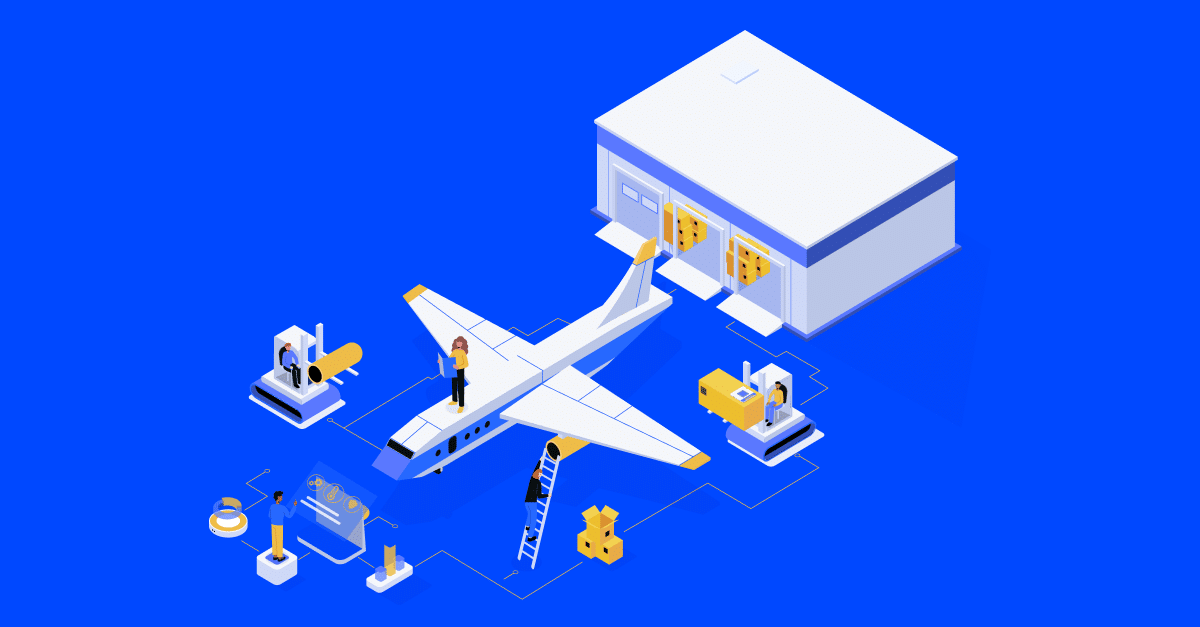By Michael Rivera, PhD
Data has always been integral to aerospace. The industry is not new to it. But there’s now a vast amount of complex data that goes beyond ticket reservation and sales or analyzing and simulating flights.
From actual aircraft production to in-flight usage and then maintenance, big data is at the heart of digital transformation in the aerospace industry.
For example, Boeing and Airbus are leveraging big data to improve aircraft efficiency. Space X has also joined the trend to make headway in rocket technology.
Competition has clearly intensified, especially in the large commercial aircraft sector, which is the industry’s fastest-growing and most competitive part.
That’s why airlines need every competitive edge they can find to outperform their rivals, boost productivity, and minimize habitual errors.
The Internet of Things (IoT) in big data analytics provides that advantage.
Big data is characterized by high volume, high velocity, and a variety of data from multiple sources. This makes it difficult to collect or make real-time decisions using legacy data management practices.
However, data collection through the Internet of Things (IoT) provides immense potential for digital transformation driven by big data.
How Data Accelerates Transformation in Aerospace
IoT data collection in aerospace involves embedding sensors into airline systems to gather data. IoT in big data analytics enables airlines to extract information that provides them with better operational and business insights to generate higher ROI.
For example, Southwest Airlines uses data sensors to collect data like altitude, stability, wind speed, and other vital details.
But there’s more.
- Airport Navigation and Baggage Tracking
Flying can be a stressful ordeal. Not anymore. With IoT for transport, airports like Miami Airport can make airport navigation easier. Airlines like Delta also use baggage tracking technology to reduce anxiety related to checked luggage and deal with baggage loss.
- Climate Control and Fuel Economy
To improve passenger experience, airlines can strategically place temperature detection-based sensors throughout the cabin to improve climate control during flights. The temperature in the cabin will be maintained based on the location and weather forecasting. In addition, sensors are already being used to monitor fuel consumption.
- Efficient Maintenance
Using big data from IoT-enabled sensors improves Condition-Based Maintenance (CBM). The insights make problems easier to spot before they become major issues. This will also lead to fewer maintenance delays and enhances overall flight safety.
- Improved Business Operations
Airlines need to make a profit, too. With predictive analytics, airlines can forecast business decisions and evaluate their potential effects. For instance, will additional seats, newer routes, or fare adjustment impact business operations? Predictive analytics provides the answer.
Other applications include supply chain monitoring, triggering inventory restocking, and air traffic control.
Conclusion
Aviation is a significant industry in the modern world. Data from IoT devices can facilitate safer and more enjoyable experiences. At Thinaer, we’ve helped business use data to make informed decisions and enhance operational efficiencies. Contact us now to drive digital transformation in your industry.

